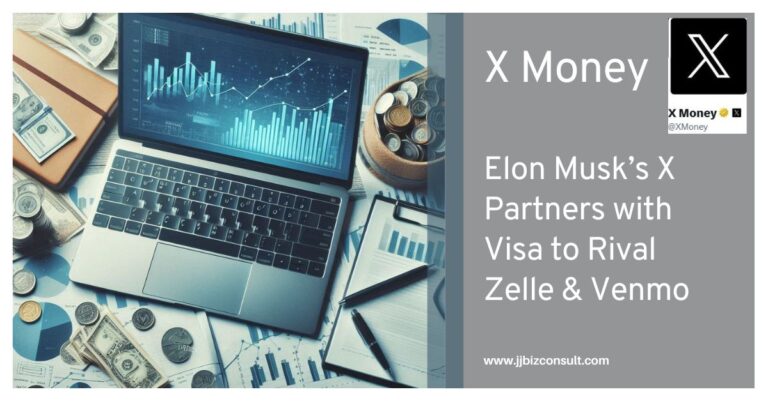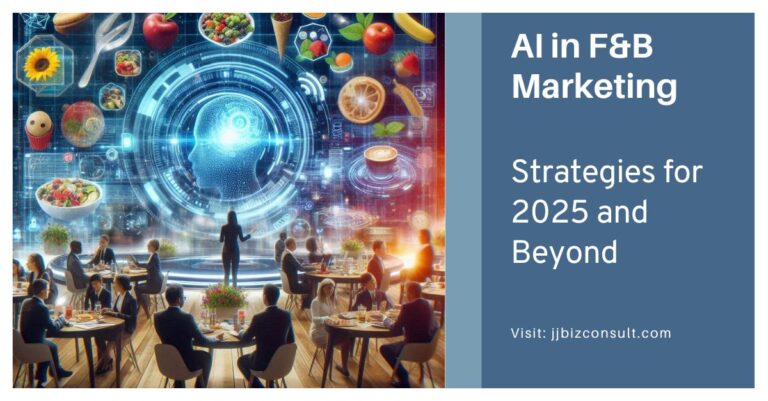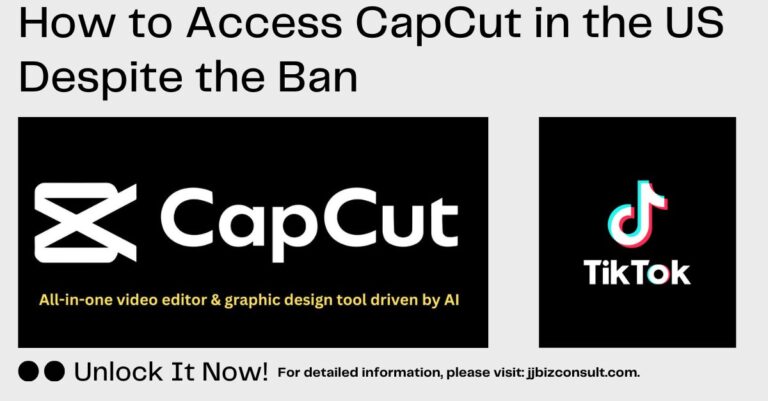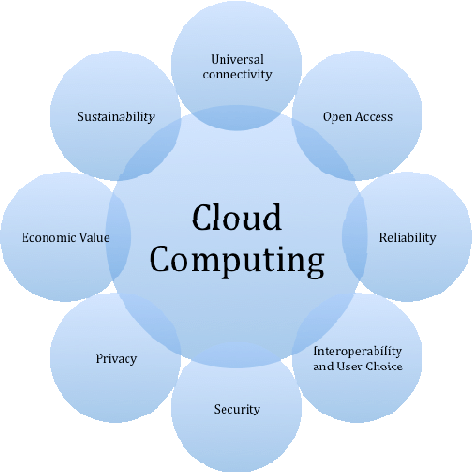
cloud computing by researchgate
Who is the leader in cloud computing? The leading cloud platform is Amazon Web Services. It has a 34 % market share in the global market, as Synergy Research Group estimates. Amazon has a 34 percent market share in the global market for cloud infrastructure, which outpaces the combined market shares of its two main rivals, Microsoft Azure and Google Cloud.
Spending on cloud infrastructure services increased to $55 billion globally in Q2 2022, totaling more than $200 billion over the previous 12 months.
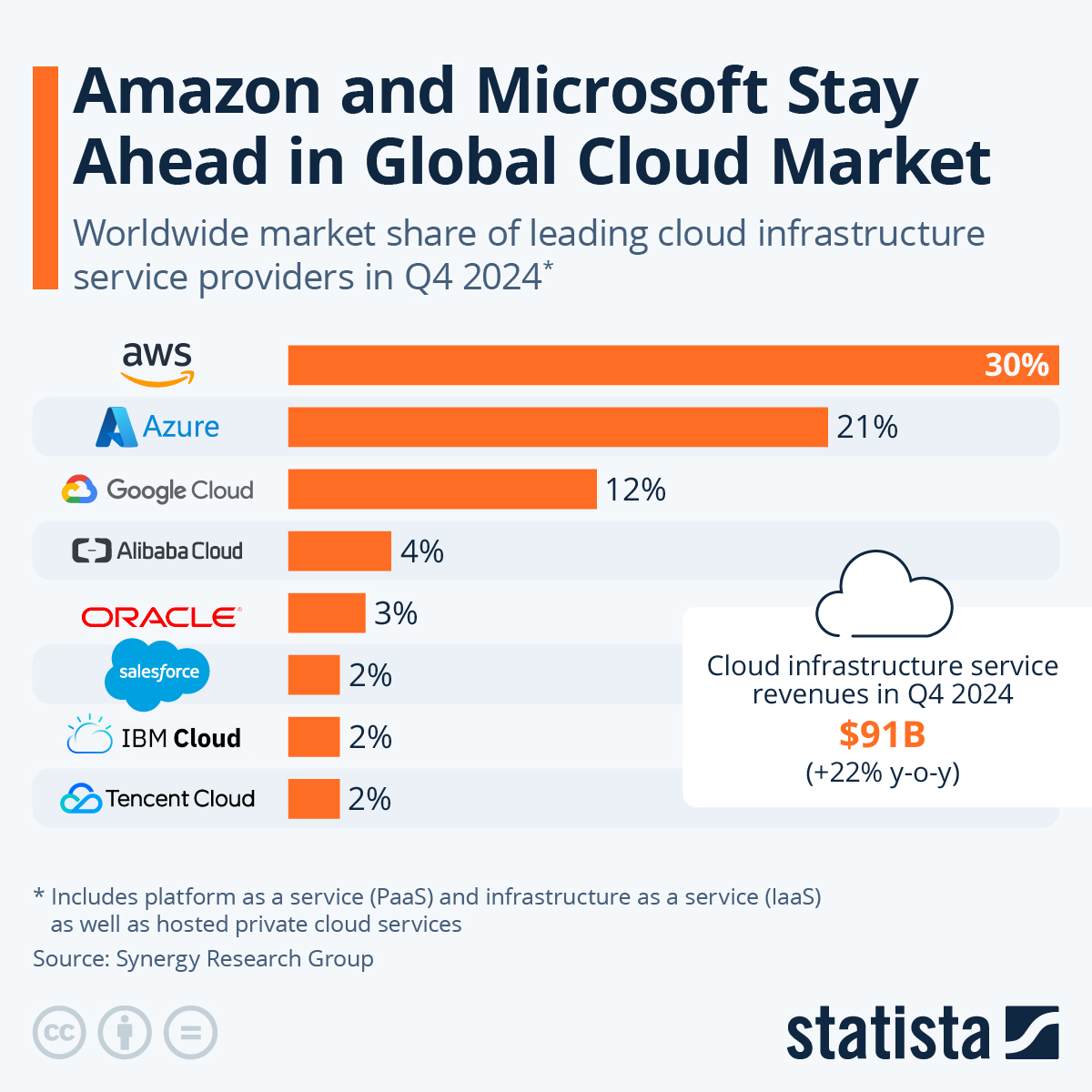 You will find more infographics at Statista
You will find more infographics at StatistaWhat is Cloud Computing
“Simply put, cloud computing is the delivery of computing services—including servers, storage, databases, networking, software, analytics, and intelligence—over the Internet (“the cloud”) to offer faster innovation, flexible resources, and economies of scale. You typically pay only for the cloud services you use, helping you lower your operating costs, run your infrastructure more efficiently, and scale as your business needs change.” as explained by Microsoft.
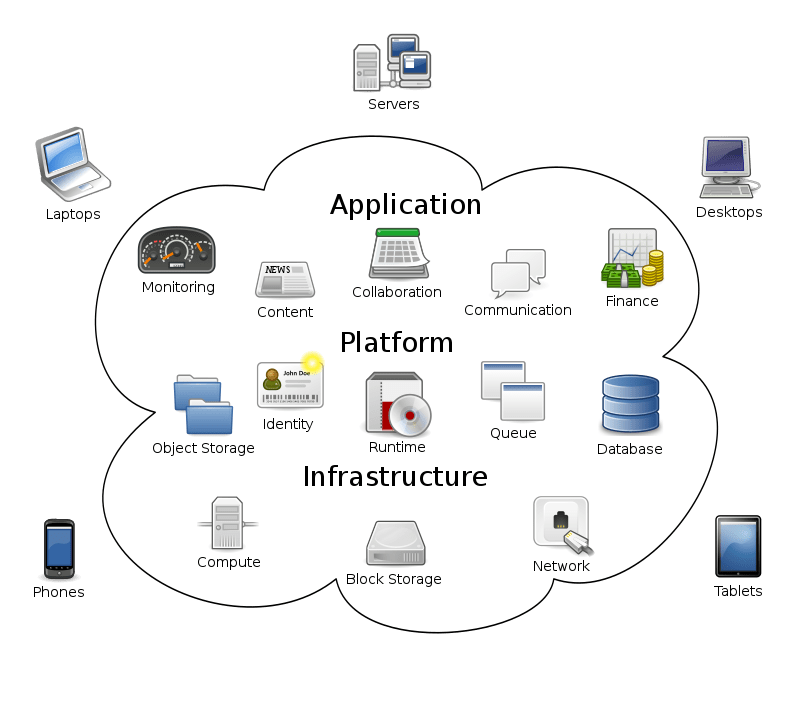
Types of Cloud Computing
Cloud services can be set up in one of three ways: on a public cloud, a private cloud, or a hybrid cloud.
- Public Cloud – Third-party cloud service providers, who distribute their computing resources, such as servers and storage, over the Internet, own and run public clouds.
- Private Cloud – Cloud computing resources used solely by a single company or organization are referred to as private clouds.
- Hybrid Cloud – Public and private clouds are combined in hybrid clouds, which are connected by a system that enables data and applications to be transferred between them. A hybrid cloud allows your company better flexibility, and more deployment options, and helps to optimize your current infrastructure, security, and compliance by enabling data and applications to flow between private and public clouds.
Cloud Service Segments
Companies that offer all the services mentioned in the cloud computing introduction are called cloud providers. They provide you with the ability to store and retrieve data and run applications, managing them through configuration portals.
These services are separated into different segments called types of cloud services. Lets look at the different services.
Infrastructure as a service (IaaS) – The most basic category of cloud computing services. With IaaS, you rent IT infrastructure—servers and virtual machines (VMs), storage, networks, operating systems—from a cloud provider on a pay-as-you-go basis.
Platform as a service (PaaS) – Platform as a service refers to cloud computing services that supply an on-demand environment for developing, testing, delivering, and managing software applications. PaaS is designed to make it easier for developers to quickly create web or mobile apps, without worrying about setting up or managing the underlying infrastructure of servers, storage, network, and databases needed for development.
Serverless computing – Overlapping with PaaS, serverless computing focuses on building app functionality without spending time continually managing the servers and infrastructure required to do so. The cloud provider handles the setup, capacity planning, and server management for you. Serverless architectures are highly scalable and event-driven, only using resources when a specific function or trigger occurs.
Software as a service (SaaS) – Software as a service is a method for delivering software applications over the Internet, on-demand, and typically on a subscription basis. With SaaS, cloud providers host and manage the software application and underlying infrastructure, and handle any maintenance, like software upgrades and security patching. Users connect to the application over the Internet, usually with a web browser on their phone, tablet, or PC
Source: Definitions reproduced from Microsoft.
Segment Leader in Cloud Computing Market
Who is the leader in Cloud Computing in each segment?

Future of Cloud Computing
Worldwide end-user spending on public cloud services is forecast to grow 20.4% in 2022 to total $494.7 billion, up from $410.9 billion in 2021, according to the latest forecast from Gartner, Inc. In 2023, end-user spending is expected to reach nearly $600 billion.
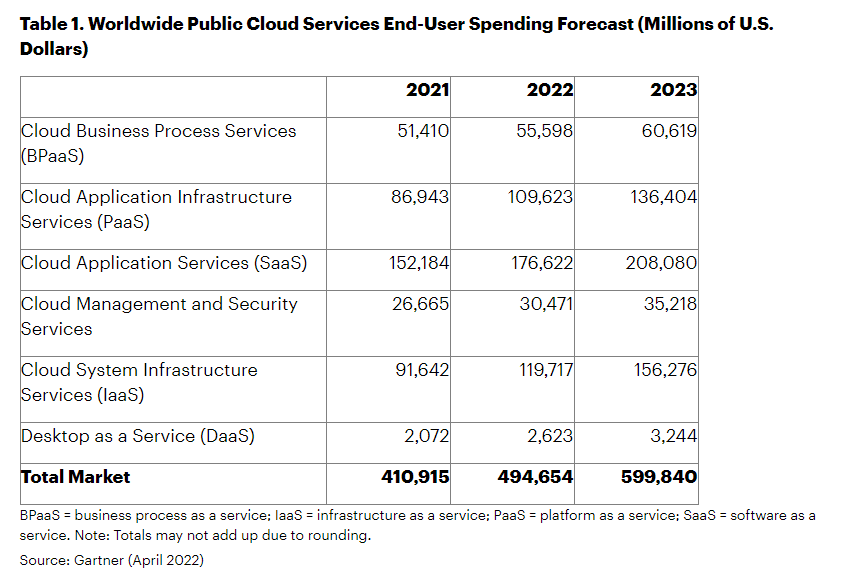
Visit other trending topics on this site: Companies With the Highest Turnover Worldwide Who are the Top Chip Manufacturers in the World? What is Battery Subscription for Electric Vehicle (EV)?

